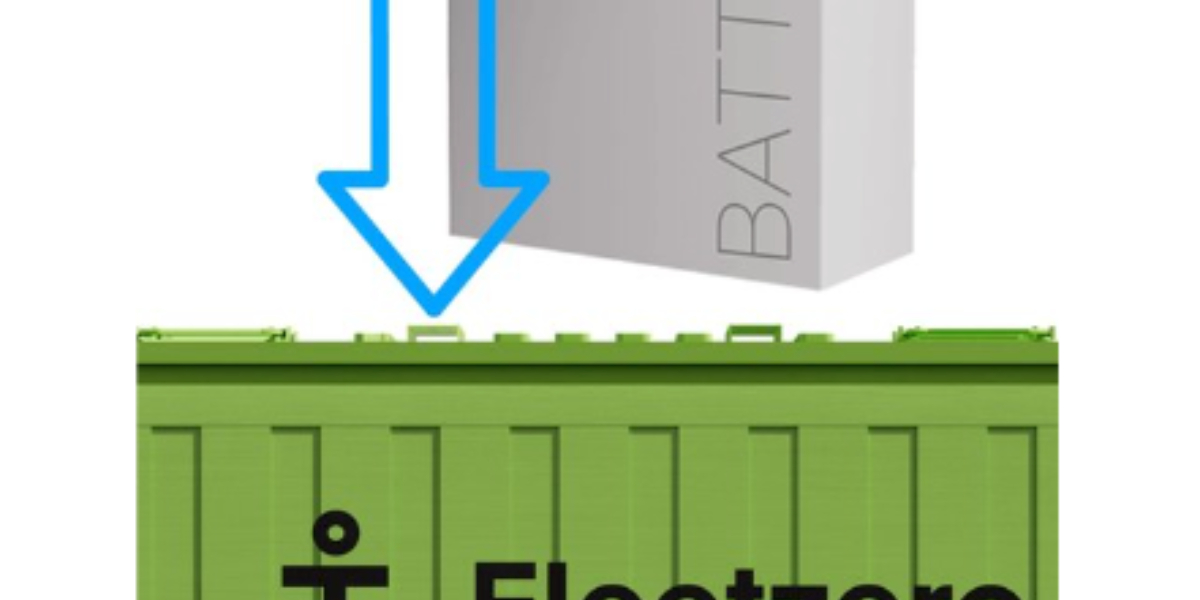AWARD YEAR
2023
CATEGORY
Community
GOALS
Affordable & Clean Energy, Industry, Innovation & Infrastructure
KEYWORDS
electric ships, battery system, electric shipping, cargo
COUNTRY
United States of America
DESIGNED BY
Steven Henderson and Michael Carter
WEBSITE
https://www.fleetzero.com/
Fleetzero
Fleetzero is building a fleet of electric ships to deliver cargo without a green premium.
How does it work?
Fleetzero is increasing the efficiency of existing diesel ships by converting them to battery-electric while pioneering innovation with the MVE7 - an electric ship designed for trans-pacific cargo delivery. Recent innovations have improved safety, performance, and cost-effectiveness of larger battery packs, making them a competitive alternative to fossil fuels, meaning that Fleetzero don't have to charge a green premium. By using a battery sharing system, the Fleetzero solution is removing carbon, dangerous particulate emissions and toxic chemicals that spill into marine environments.
Why is it needed?
Traditional shipping is a major source of global emissions. Shipping contributes to 2.2% of the annual global co2 emission (for context Canada's annual contribution is 1.6 %). The solution is needed for 6 reasons:
1. Access to more ports - With smaller vessels Fleetzero are able to access ports larger container ships can't—effectively reducing congestion and delivering goods closer to the end consumer.
2. Fewer trucks on the road - The battery ships are comparable in price to long-haul trucking between port cities—even with first-mile-last mile costs accounted for.
3. Tapping into regulated markets - vessels are economical to build in domestic shipyards, allowing us to serve in regulated markets where ships must be built in the country they're traveling within.
4. Paving the way to autonomous shipping - Electrification opens the door to unmanned, autonomous operation
5. Innovation with speed and agility
6. Requiring less capital for faster growth
How does it improve life?
Operating a Fleetzero ship for 1 year is the equivalent of planting 1,000,000 trees. Fleetzero is also removing carbon, dangerous particulate emissions, and toxic chemicals that spill into marine environments. By having a smaller fleet it can generate profit faster and be more resilient through market cycles.





